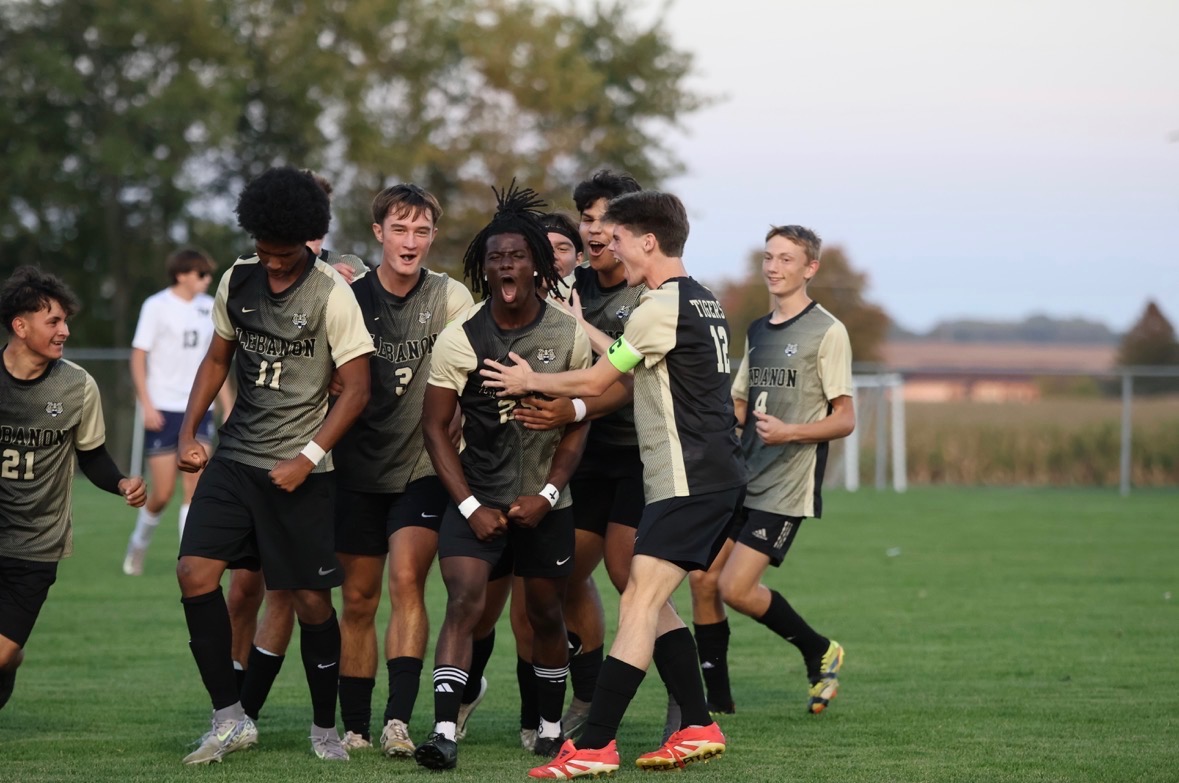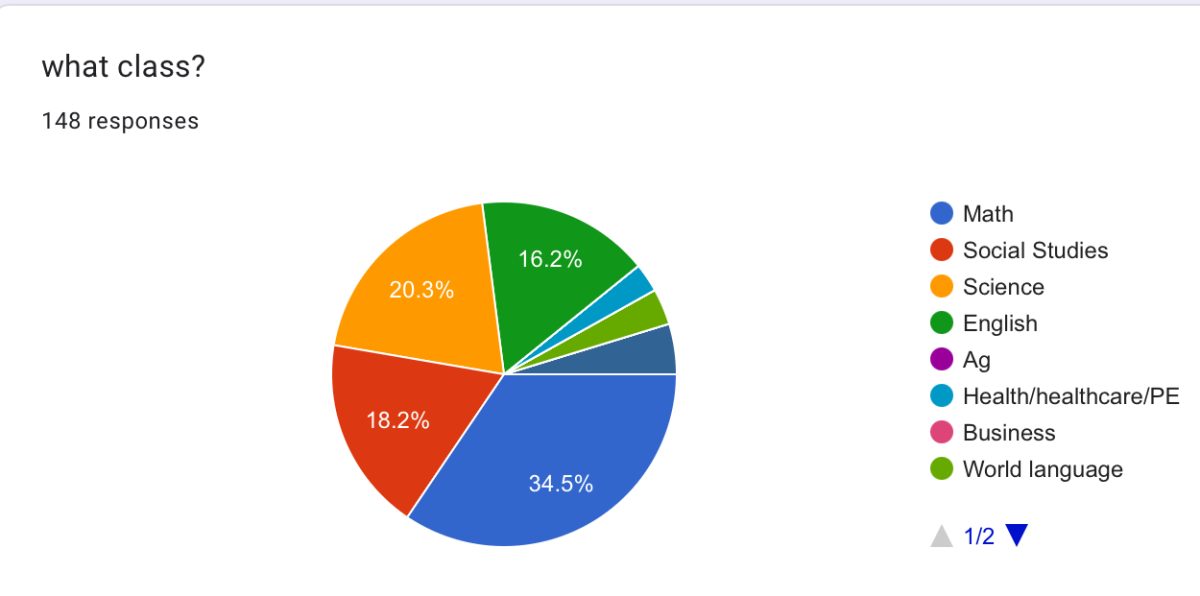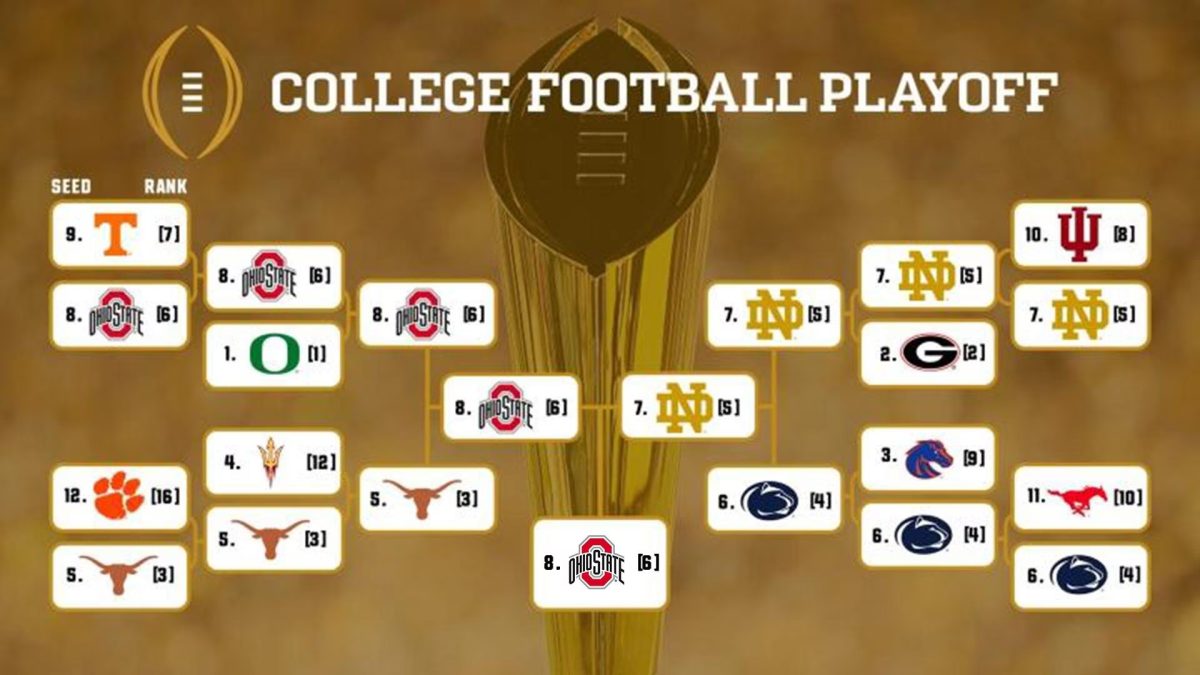As we drew to a close on the end of yet another historic season, we now have finally been able to witness the work of a newly crafted playoff system. The College Football Playoffs have been an exciting change to the NCAA football landscape. The former existence of a 4-team playoff format, with the top 4 seeds making it from the AP Top 25 poll, has now been expanded to an astounding 12-team bracket that gives more teams a shot at the national title. Four teams that win their conference receive a bye along with 8 more additional teams that have to battle for the remaining slots. This drew more fan interest than ever, with more programs going “all-in” with the hopes of getting in to the CFP.
With the addition of the new format, more and more teams have started to catch the eye of the national media rather than being stuck in the shadows of the same powerhouse schools every single year. Most notably, IU emerged from these shadows with their hire of Head coach Curt Cignetti to take the Big Ten by storm, making the CFP in Cignetti’s first year with a final record of 11-2. Other notable schools were Arizona St. and Boise State, who were both led by work-horse running-backs Cam Skatteboo and Ashton Jeanty leading the way. These teams had tremendous seasons that normally would get brushed aside, but this year they were given a fair shot at making history. Each team gave their opponents a run for their money in the tournament. Despite all falling short, these schools now end the season with a great sense of pride following up their great achievements.
Despite the mass support for the new format throughout the year, there was still some controversy shortly after the playoffs began. The first round of games were all majority blowout wins for the higher seeded teams. This didn’t sit well with many fans, as they argued that despite having more teams in the tournament the lower seeded teams would never have a chance against the “big-time” programs like Ohio State, Oregon, and Notre Dame. The bracket also showed faults in the fact that every team that received a first round bye lost their first game due to the way that matchups formed. A great example of this is Oregon. Despite having a perfect 13-0 regular season, the Ducks were given arguably the hardest schedule of any team in the tournament. This theory was eventually proved wrong in the next round as all of the “new teams” played exceptionally well in their matchups.
This year, the College Football National Championship was already decided, as the Ohio State Buckeyes held off the Notre Dame Fighting Irish to win their first national championship since 2014.


























